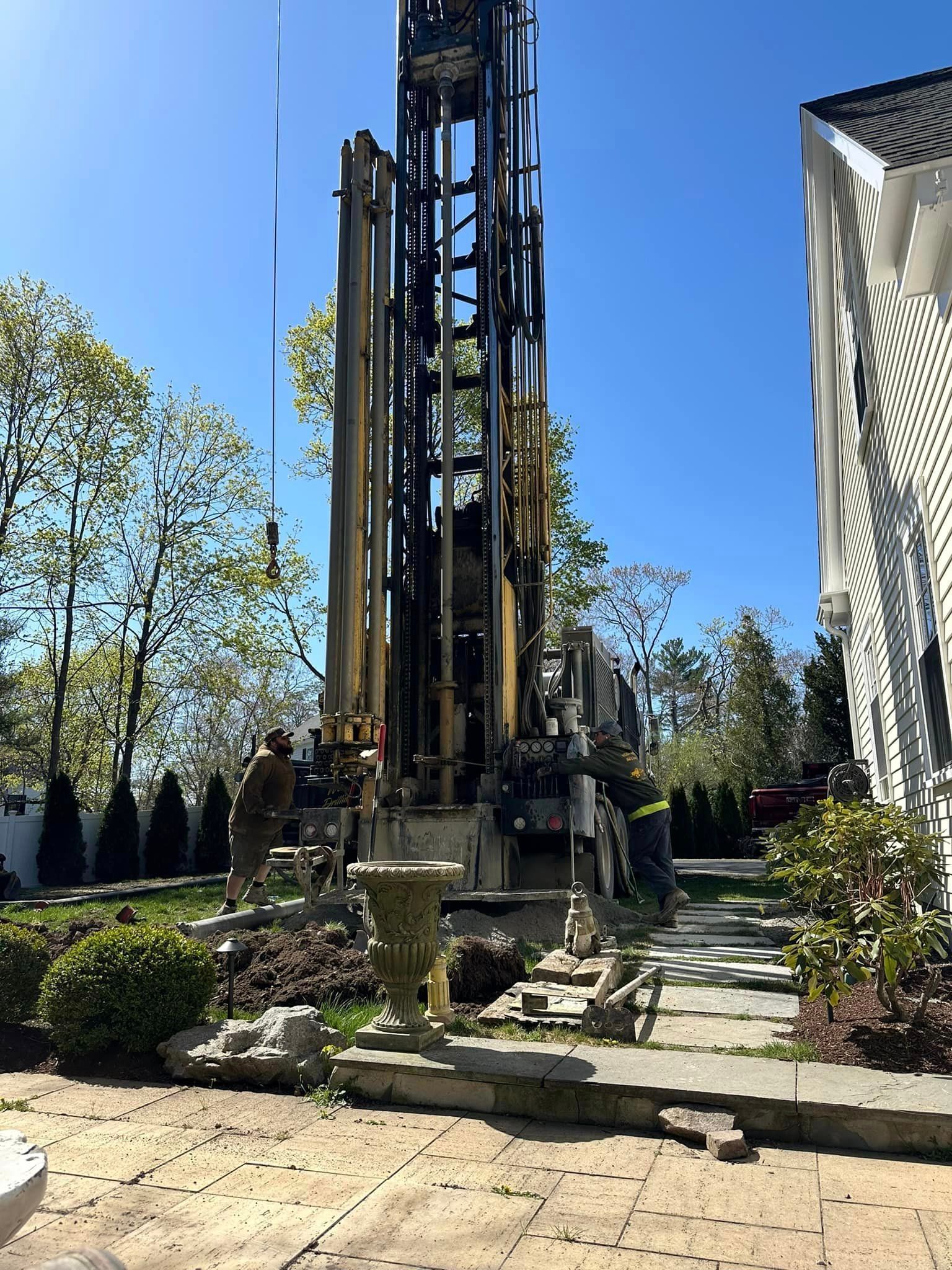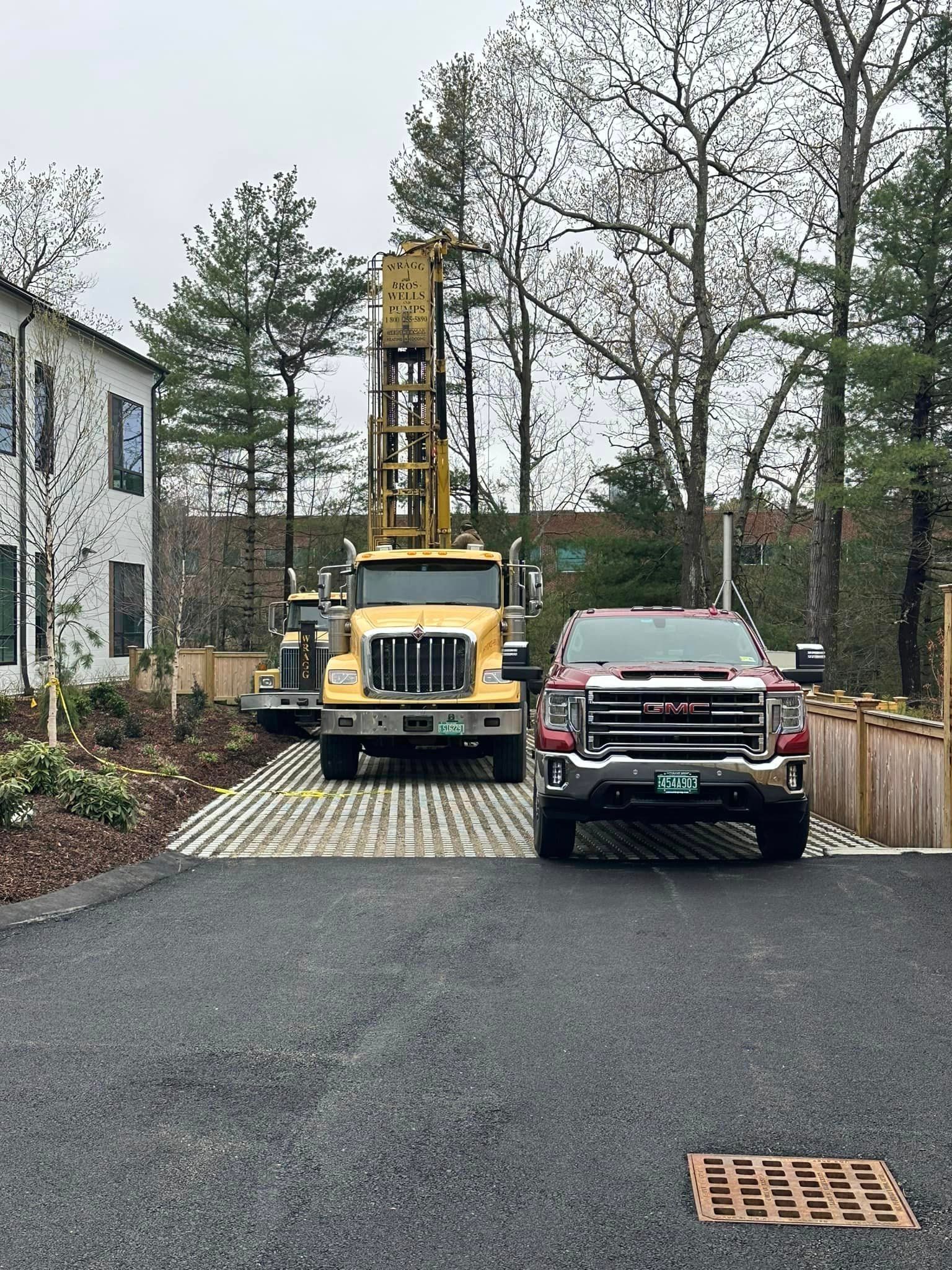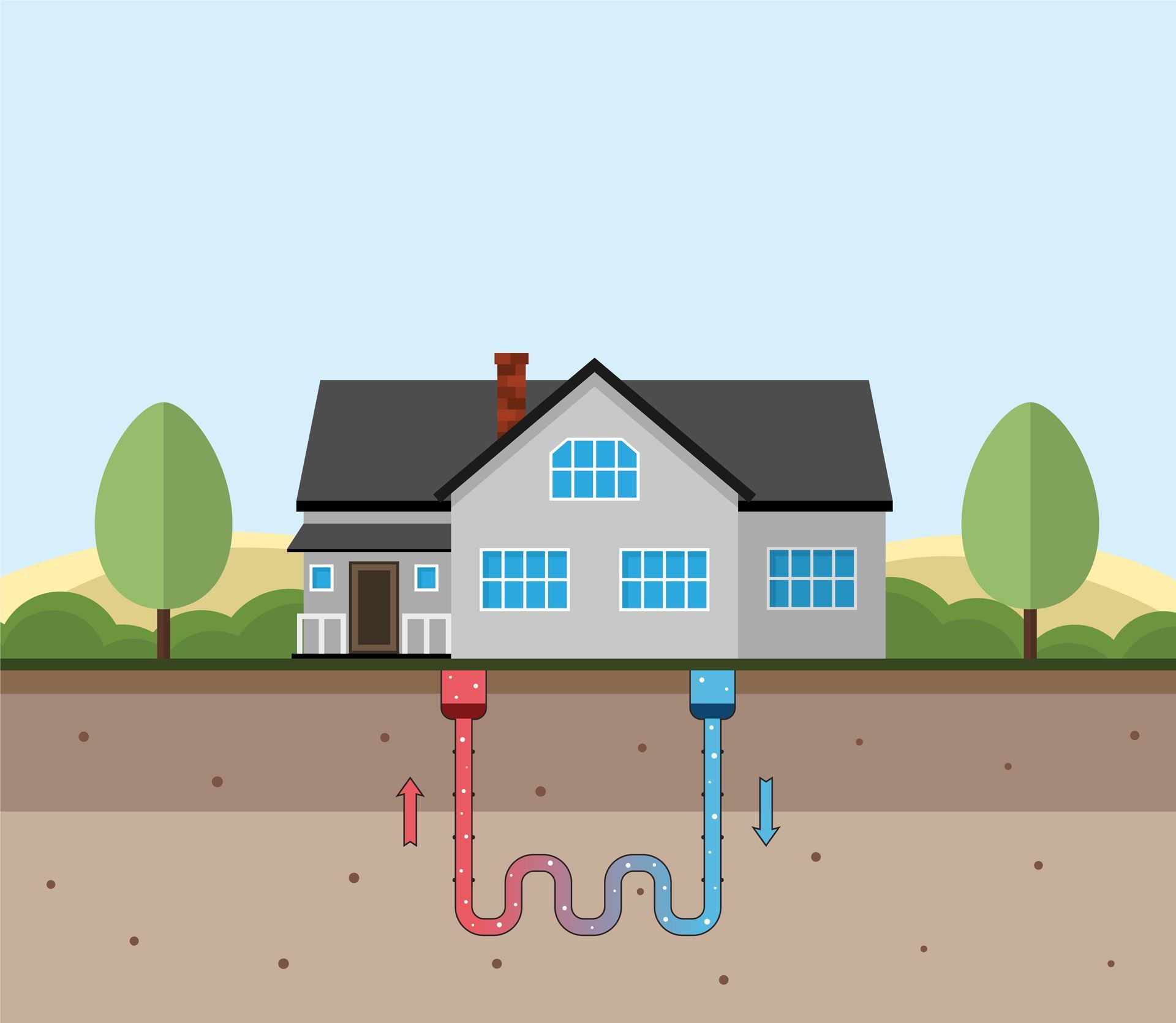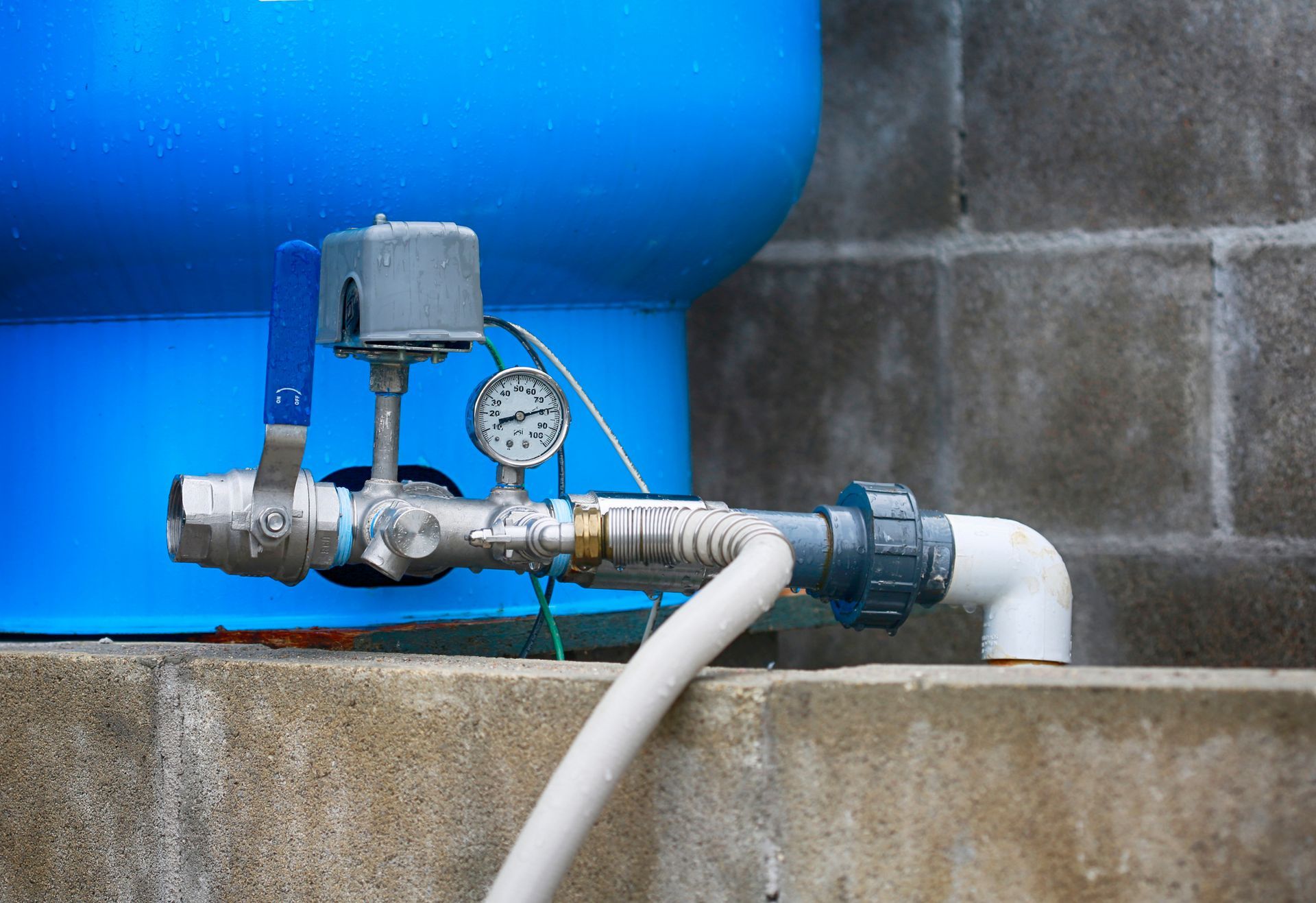How to Find Out How Deep My Well Is: Understanding Its Importance
Knowing how deep your well is isn’t just a number to keep on hand—it’s a key factor in understanding the quality and quantity of your water supply. The depth of a well can directly influence the amount of water you can draw and the potential for contaminants. A deeper well often means fewer chances for surface pollutants to seep into your water, while shallower wells may require extra precautions.
Understanding your well’s depth helps ensure you’re drinking safe, clean drinking water. It also keeps you informed about any potential risks, such as low water levels or contamination, helping you maintain a safe and reliable water source for years to come.
What is Well Depth?
Well depth refers to the distance from the earth’s surface to the bottom of a well. This measurement is crucial because it directly influences both the quality and quantity of water that can be extracted. Depending on various factors such as location, geology, and the type of well, the depth can range from just a few feet to several hundred feet. Understanding well depth is essential for ensuring a reliable water supply and safeguarding against potential contaminants.
Why Measure Well Depth?
Measuring the depth of your well serves multiple purposes, including determining the groundwater level. For one, it gives you insight into the water table in your area—basically, how much water is available underground. This information is crucial, especially if you live in a region where water levels fluctuate seasonally or during droughts.
Additionally, knowing your well’s depth helps identify any potential issues like low water levels, which could lead to problems like pump failure or poor water quality. Accurate measurements also come in handy if you’re planning well maintenance, repairs, or upgrades, ensuring you have the most up-to-date information.
Factors Affecting Well Depth
Several factors can influence how deep a well needs to be. One of the primary considerations is local geology. The type of rocks and soil in your area can significantly impact the drilling process. For instance, regions with hard rock formations may require deeper wells, while areas with softer soil might allow for shallower wells.
Another critical factor is the water table, which is the level below which the ground is saturated with water. In areas with a high water table, wells may not need to be as deep. Conversely, in regions with a low water table, deeper wells might be necessary to reach a reliable water source.
Surface contaminants also play a role in determining well depth. If your area has high levels of surface pollutants like pesticides or heavy metals, drilling a deeper well can help avoid contamination. Lastly, the experience and equipment of the drilling company you choose can affect the well’s depth. A reputable drilling company with modern equipment is more likely to achieve the desired depth efficiently and safely.
Preparing for Measurement
Before you start measuring, you’ll need a few basic tools. At minimum, have a string with a weight at one end or a sturdy measuring tape. But preparation goes beyond the tools—it’s important to understand the geology in your area. Knowing the type of rocks and ground water levels helps you interpret your measurements more effectively.
If you’re unsure where to begin, reaching out to local experts like drilling companies or your state health department can provide valuable guidance. They can give you insights on the expected depth of wells in your area, making the process smoother and more accurate.

Methods for Measuring Well Depth
Measuring your well depth from the earth's surface is easier than you might think, and you have a few options. The simplest method involves lowering a weighted string or measuring tape down the well until you feel it hit water. By measuring the length of the string or tape from the well’s top to the water level, you can determine its depth.
Here are a few other techniques you might consider:
- String-and-Weight Method: Drop a string with a weight into the well, and measure the string when it hits water. This is straightforward but effective.
- Shallow Boreholes: For areas with complex geology, consider using shallow boreholes, which give a more detailed view of the underground structure.
- Professional Equipment: More advanced methods might involve tools like sonic devices or specialized well depth meters, which professionals often use.
Taking Accurate Measurements
To get the most reliable results, it’s important to take several measurements. Water levels can fluctuate, so checking your well’s depth more than once ensures you have an accurate reading. Pay attention to variations, as they may indicate changes in groundwater levels.
If you want to go a step further, using a well pump to test the flow rate and understand the porosity of the surrounding rock can give you additional useful data. And if you’re unsure about your results or feel uncertain about the process, don’t hesitate to hire a professional to get precise measurements. Additionally, it is crucial to have your well water tested to ensure it is safe for consumption.
Interpreting Your Results and Groundwater Levels
Once you’ve measured your well’s depth and determined the groundwater level, it’s time to make sense of the numbers. Compare your results to local groundwater and water table data, which you can often find online or through local authorities. This comparison helps you determine if your well is in good shape or if you need to address any concerns, like potential contamination or declining water levels.
The measurements can guide decisions on whether to repair, upgrade, or simply maintain your well to ensure it remains in top condition for your household’s water needs.

Well Depth and Water Supply
The depth of your well can significantly impact your water supply. Generally, deeper wells are more likely to provide a consistent and reliable source of water. This is because they are less affected by seasonal changes in groundwater levels. However, drilling and maintaining deeper wells can be more expensive.
On the other hand, shallow wells might be more susceptible to contamination from surface water, necessitating more frequent water testing to ensure safety. Despite this, they can be less costly to drill and maintain. Balancing these factors is crucial for ensuring a reliable and safe water supply.
Residential Well Depth Considerations
When it comes to residential wells, several factors should be considered to determine the appropriate depth. First, the depth of the well can influence water quality. Deeper wells are generally less likely to be contaminated by surface water, providing a cleaner water source.
The quantity of water available is another consideration. Deeper wells may offer a greater volume of water but might require more powerful well pumps to extract it. Local regulations and guidelines, often set by state health departments, may also dictate minimum depth requirements for residential wells.
The type of well pump used is another factor. Submersible pumps, for example, are designed for deeper wells and can provide a more consistent and reliable water supply. Consulting with a reputable drilling company can help you navigate these considerations and ensure your residential well meets your needs effectively.
Maintaining Your Well and Protecting the Ground from Surface Contaminants
A well doesn’t just take care of itself—it requires regular check-ups to ensure everything runs smoothly. Regular water testing is a must, and you should implement steps to prevent contaminants from creeping into your well. Simple measures like ensuring the well casing is intact and properly sealed can protect your water from surface pollutants.
You can also take steps to conserve ground water, especially if you live in an area prone to droughts or water shortages. By doing so, you’re not only securing your water supply but also contributing to the health of local water resources.
Common Mistakes to Avoid
When measuring well depth, accuracy is everything. One common mistake is rushing through the process or measuring incorrectly, which can lead to false assumptions about the state of your well. Another pitfall is not considering the local geology and groundwater level data, which could result in poor decisions regarding well placement or maintenance.
Skipping regular testing and upkeep is another big mistake. A well that isn’t maintained can become unreliable, leading to potential water safety issues down the road. Don’t let small issues slip through the cracks—regular checks are crucial.
Additional Tips and Resources for Water Quality
For ongoing well maintenance and water testing, local authorities like your state health department can be a valuable resource. They can offer advice tailored to your location and point you toward certified professionals if you need extra help.
Online tools like the USGS database provide a wealth of information about groundwater levels and well drilling, helping you stay informed. And remember, when in doubt, consulting with a professional is always a smart move to ensure your well is functioning optimally.


